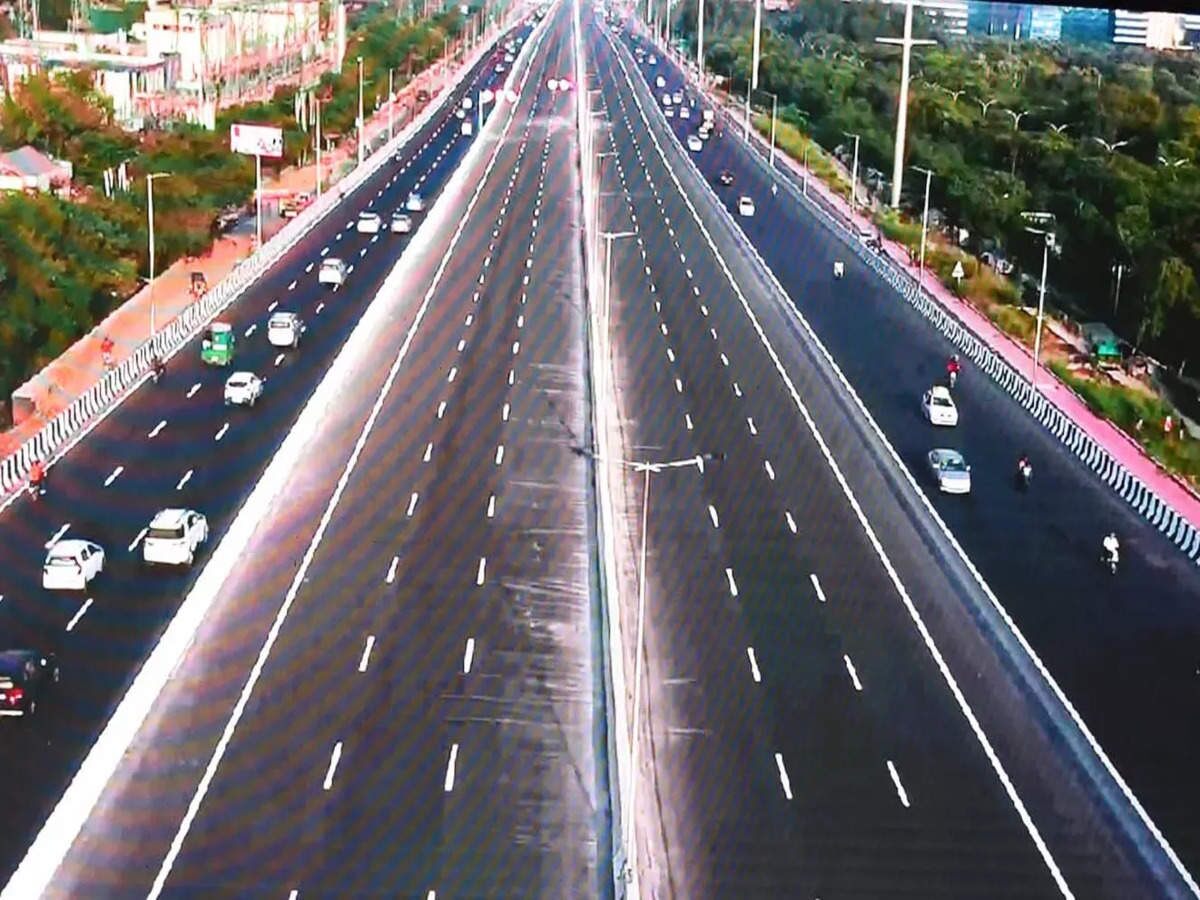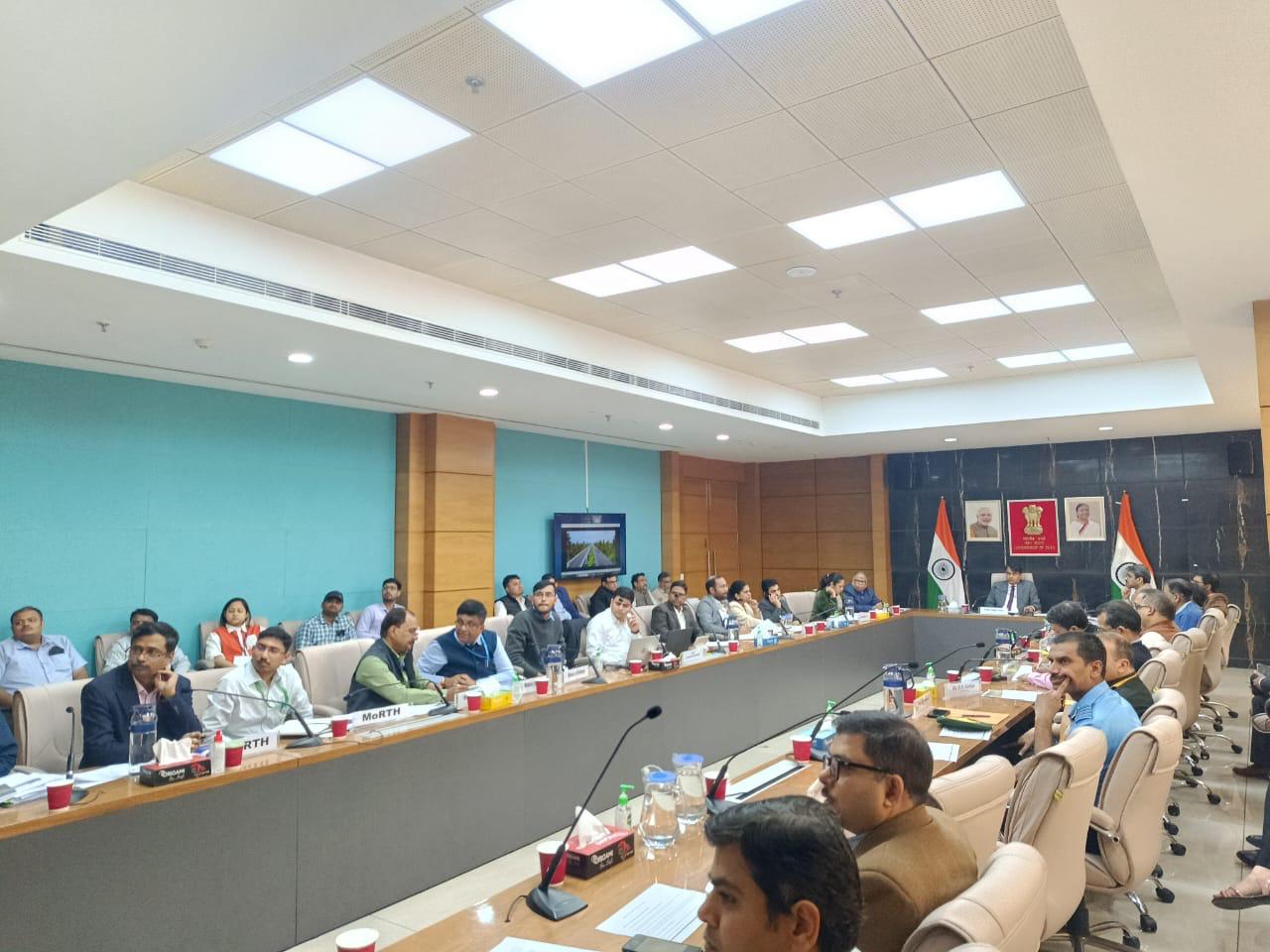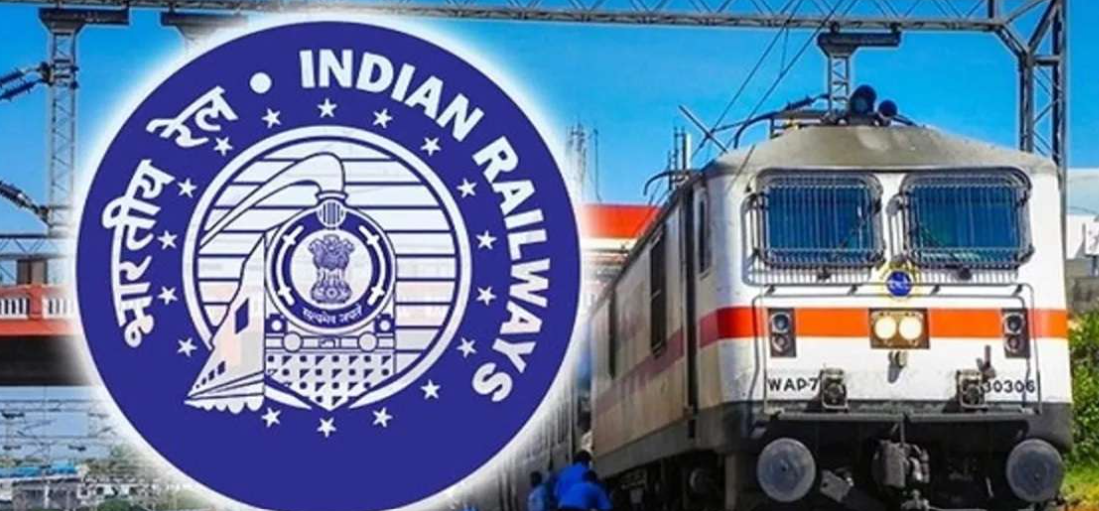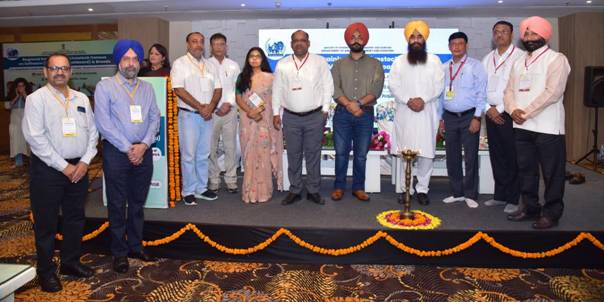The Network Planning Group (NPG) of India recently charted an ambitious course for improved connectivity and economic development across the country. The March 12th meeting, led by the Department for Promotion of Industry and Internal Trade (DPIIT), emphasized integrated planning that aligns with the PM Gati Shakti initiative. This national program prioritizes coordinated infrastructure development to achieve comprehensive socio-economic growth in all regions.
 A public-private partnership will establish a Multi-Modal Logistics Park (MMLP) in Pune, Maharashtra. This state-of-the-art freight hub will revolutionize cargo movement by enabling the use of more efficient modes of transport, such as large trucks and railways. The MMLP is expected to significantly reduce logistics costs throughout India, streamlining supply chains and potentially lowering the cost of goods for consumers.
A public-private partnership will establish a Multi-Modal Logistics Park (MMLP) in Pune, Maharashtra. This state-of-the-art freight hub will revolutionize cargo movement by enabling the use of more efficient modes of transport, such as large trucks and railways. The MMLP is expected to significantly reduce logistics costs throughout India, streamlining supply chains and potentially lowering the cost of goods for consumers.
The NPG plans to target several key corridors for road network improvements. The expansion of the NH-334D section from Aligarh to Palwal, spanning Uttar Pradesh and Haryana, will create a high-capacity corridor. This project will improve connectivity not only between these districts but also for surrounding areas, fostering economic activity and trade. It will provide smoother access to the upcoming Jewar Airport and a more efficient connection to the Delhi-Mumbai Expressway, a vital artery for national commerce.
Beyond North India, the NPG plans to construct a 9-kilometre, four-lane elevated corridor on the Anishabad-Aurangabad-Hariharganj Road (NH-139) in Patna, Bihar. This project is designed to alleviate chronic traffic congestion, particularly around the All India Institute of Medical Sciences (AIIMS). The elevated corridor will improve traffic flow and accessibility within the city, potentially reducing travel times and frustration for residents and commuters. This project is a significant step towards improving urban mobility in Patna, a growing metropolis.
The NPG also approved a strategic 218-kilometer greenfield Broad Gauge (BG) line to be built between Dumduma (Assam) to Pasighat (Arunachal Pradesh) via Parasuramkund. This critical infrastructure project will bridge the Brahmaputra River, a significant geographical barrier that has long hampered regional connectivity. The new line will significantly enhance regional connectivity between the north and south banks of the Brahmaputra, opening up new trade routes and fostering economic development in the surrounding areas. This improved connectivity can attract investment, create jobs, and improve the overall quality of life for residents. The rail line is expected to spur economic and social development in Assam’s Tinsukia district and Arunachal Pradesh’s Namsai, East Siang, Lower Dibang Valley, and Lohit districts.
The NPG plans to double the existing 255-kilometer railway section between Narkatiaganj-Raxaul-Sitamarhi-Darbhanga and Sitamarhi-Muzaffarpur in Bihar, which falls under the East Central Railway. This project will increase the line capacity, allowing for more trains to operate on the route, reducing congestion and potentially lowering travel times. It will provide an alternative route for passengers and freight travelling between Delhi and Guwahati, offering greater flexibility and potentially reducing reliance on over-burdened routes. Boosting revenue generation from freight and passenger traffic in the region will benefit the Indian Railways and potentially lead to further investment in the network.




